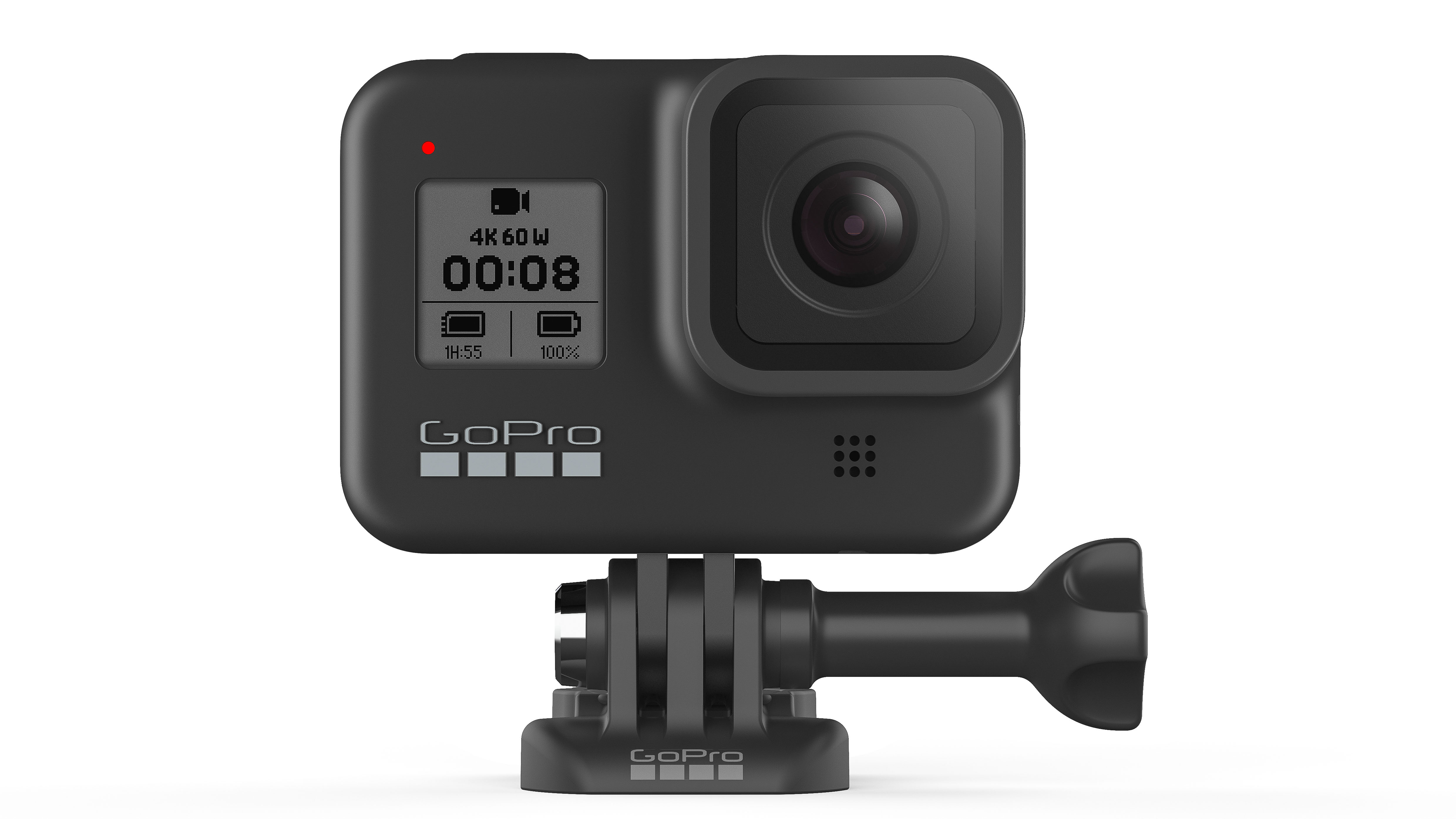Best waterproof camera
Make a splash with the best waterproof camera
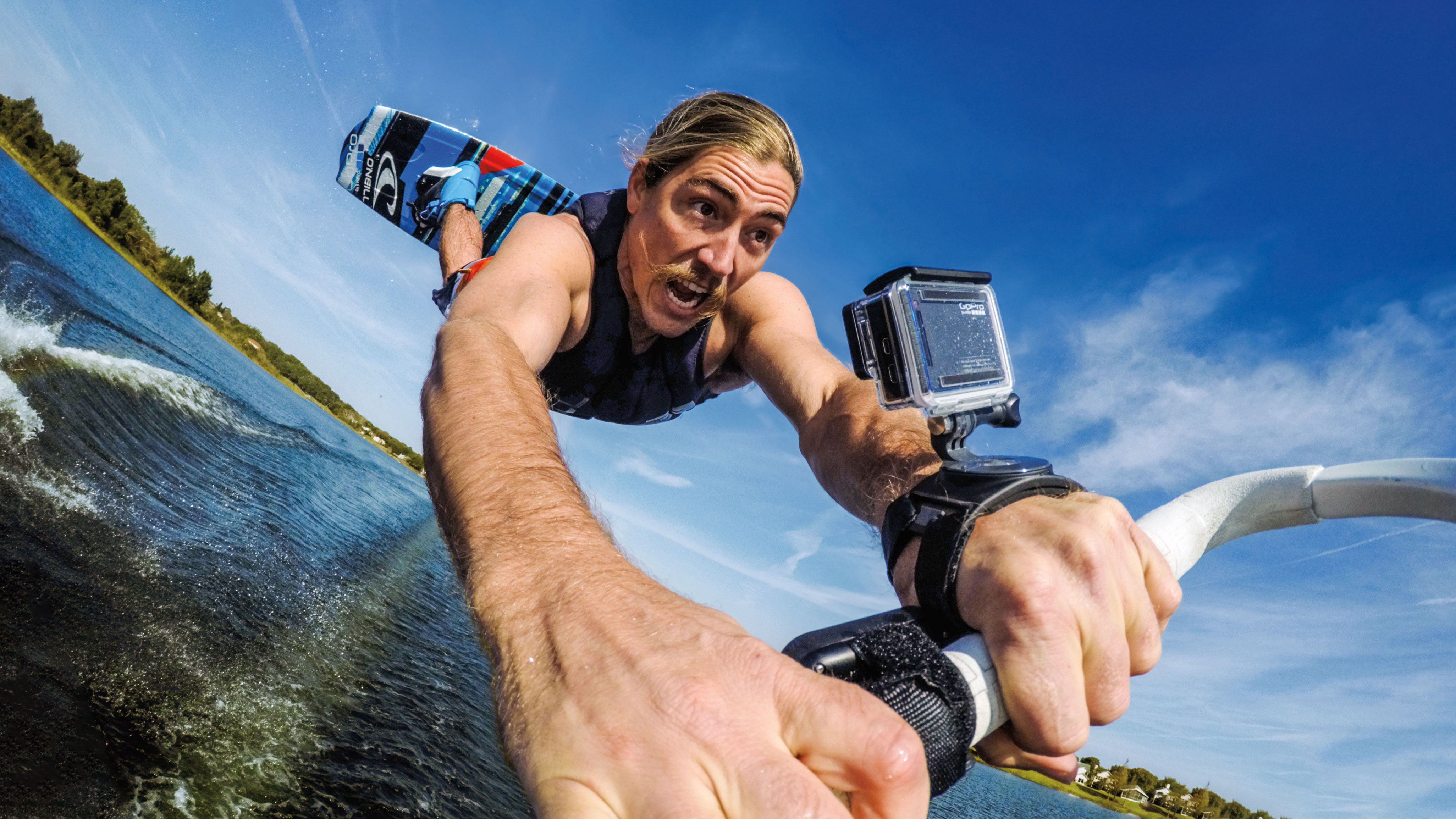
The best waterproof cameras allow you to take your photography on adventures to places other cameras can't reach. Do you just want a waterproof camera for the beach, or you want an underwater camera for undersea adventures? Take your pick, because we cover both.
Hardy and well-protected, waterproof cameras allow you to explore fearlessly and capture distinctly memorable images of even underwater subjects. Many will also be shockproof, crushproof and freezeproof, giving you the ultimate in shooting versatility.
So how to choose the best waterproof camera for you? Well, there are a few questions to answer. Do you want to shoot photos or video, or both? How important is image quality to you, and do you need a fast burst mode to capture moving subjects? How much do you have to spend?
When we say "waterproof camera" we can mean a number of things, so it's important to define our terms. There are two main popular types of waterproof camera: waterproof compacts and action cameras. Waterproof compacts tend to resemble an ordinary compact camera, with the main difference being that they're, well, waterproof. They tend to be marked out by distinctive bright colouring (useful if you drop them underwater), and the main edge they have over action cameras is the option of an optical zoom lens, allowing you to get closer to your subjects without suffering loss of picture quality.
Action cameras like GoPros have their advantages too though. They're generally much smaller than waterproof compacts, making them lighter and easier to mount via a chest harness or helmet mount or similar. The best action cameras also tend to have better video specs, offering pristine 4K in high frame rates, which many waterproof compacts currently lack.
We've divided our guide into the best waterproof compacts and the best action cameras, and we've also thrown a disposable film camera in there too, for those who prefer to do things old-school.
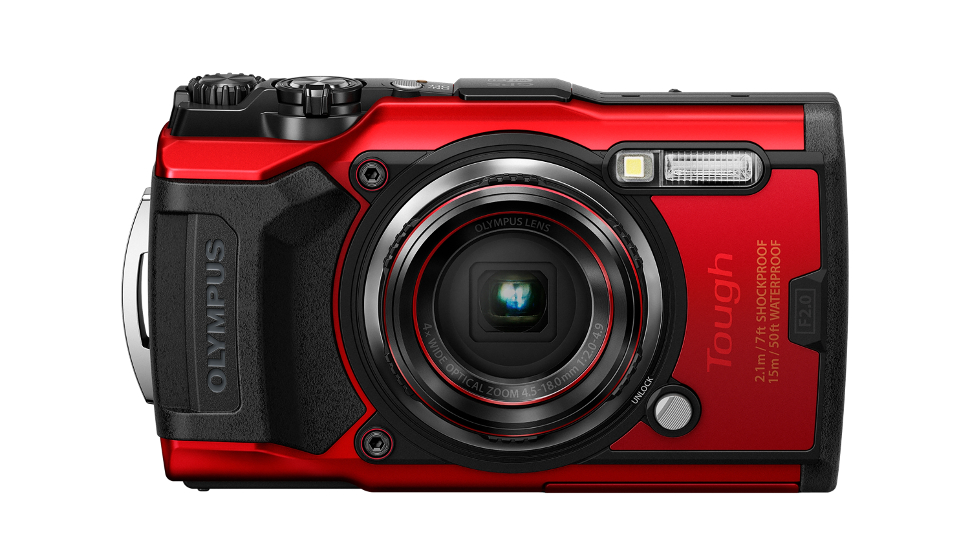
Olympus Tough TG-6
Specifications
Reasons to buy
Reasons to avoid
The Olympus TG series has a sterling reputation among the tough camera market, not only for being sufficiently specced to handle tough conditions, but also equipped with impressive imaging and video tech. The Raw-shooting, 4K-capable TG-6, is a fairly minor upgrade on the previous TG-5, but adds some nifty new features like improved LCD resolution and a new Underwater Microscope mode for getting in close. Producing 4K video at 30fps and offering the option to shoot Full HD video at 120fps for super-slow-motion, the TG-6 also has a generous 25-100mm optical zoom lens that lets you get closer and closer to the action. It's got a chunky handgrip providing a secure hold on the camera, while the internal zoom mechanism means the lens never protrudes from the body, protecting it from knocks and bumps. Straightforward but sophisticated, the TG-6 is quite simply the best waterproof camera around right now.
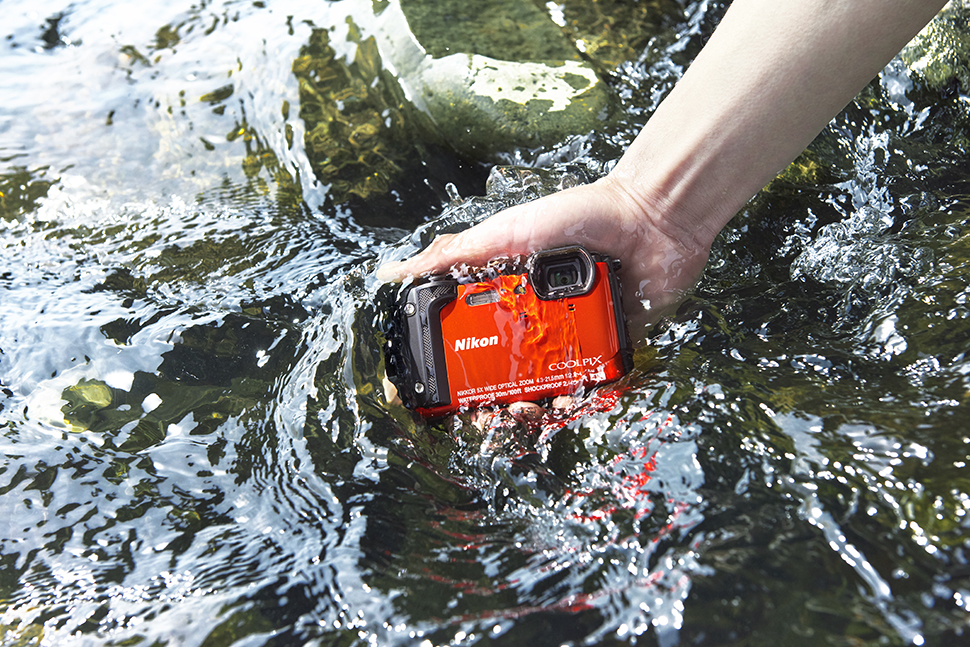
Nikon Coolpix W300
Specifications
Reasons to buy
Reasons to avoid
If you’re a deep-water explorer, this is your pick of the best waterproof digital cameras. The Nikon W300 is rated to depths of 30m, outstripping most waterproof cameras, and it comes with a barometer that provides useful underwater data like altitude and depth, as well as an electronic compass. Bluetooth functionality is also on board, and this pairs well with Nikon’s SnapBridge technology for fast image transfer. Video shooters will also welcome the addition of 4K video to the W300’s toolkit, and the generous shockproof rating of 2.4m means it’s extra protected against bumps and knocks. While the lack of Raw support is a pity, if you're happy to stick with JPEGs you'll find it to be a superb all-rounder for fearless underwater adventures.
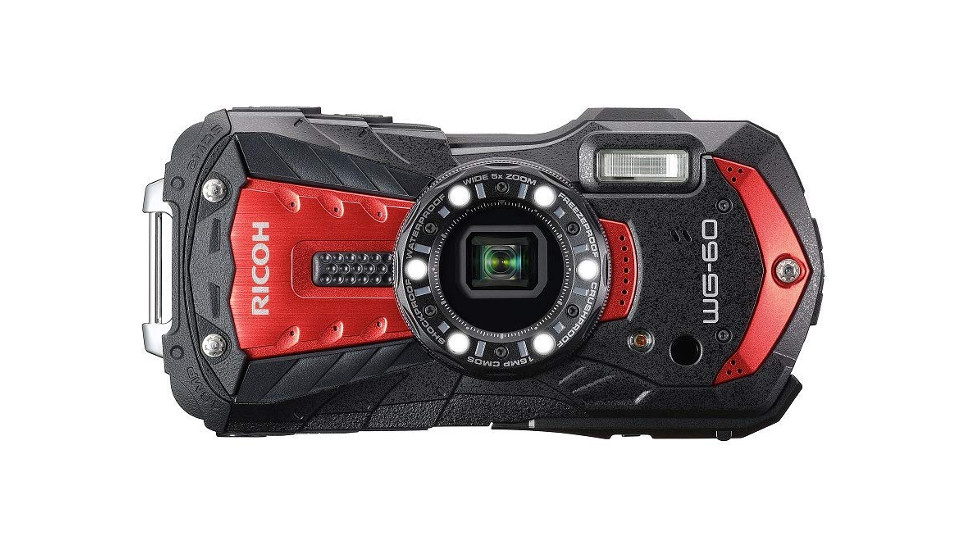
Ricoh WG-60
Specifications
Reasons to buy
Reasons to avoid
This is the Swiss army knife of tough cameras, equipped with ring lights around its lens that function as a torch as well as a macro light, allowing you to see what you're doing underwater as well as keep your subjects illuminated. While it's not a big update over the previous WG-50, it's got a fair few nifty features that make it worth consideration. The microscope mode lets it focus at distances as close as 1mm, while the Handheld Night Snap captures several images of a low-light scene in quick succession and blends them together to create a blur-free composite image. This is all housed in a body with serious protections, able to stay submerged in 14m of water for up to 2 hours.
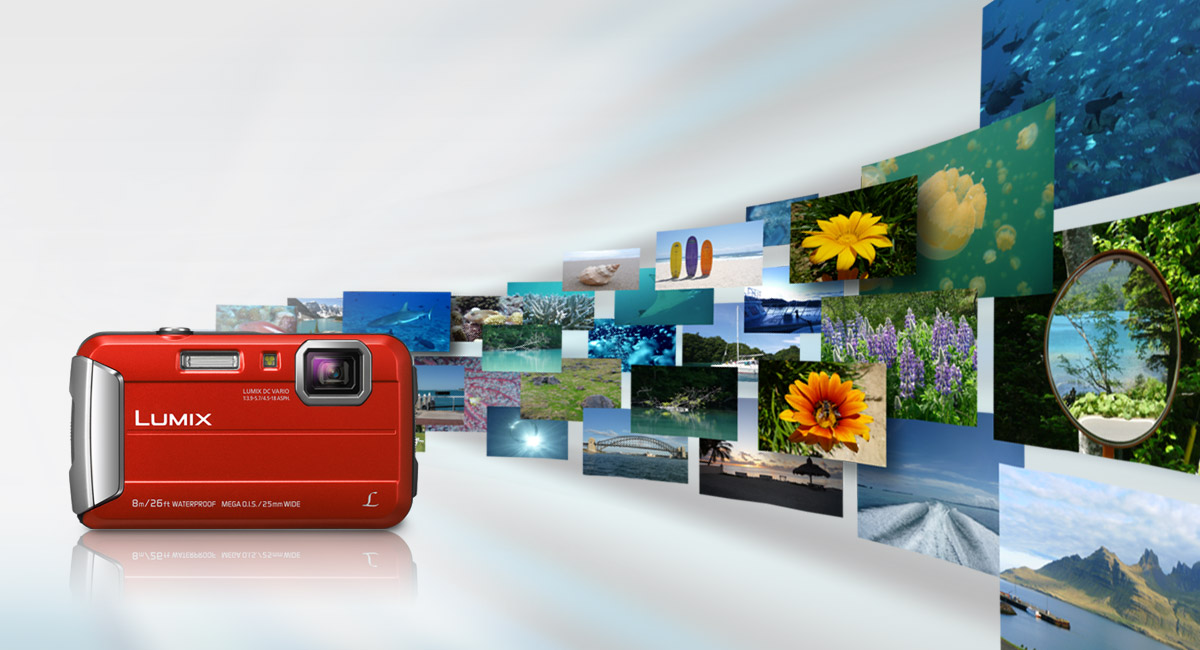
Panasonic FT30
Specifications
Reasons to buy
Reasons to avoid
The FT30 isn't the newest waterproof digital camera here, and doesn't quite offer any best-in-class specs, but what it does offer is commensurate with its very reasonable asking price. It’s also pleasingly slim enough to fit in a snug jeans pocket or similar, although this does come at the cost of a secure grip; you might want to invest in a wrist strap to ensure the FT30 doesn’t get away from you. Provided you keep hold of it, the FT30 is a solid and versatile waterproof camera that should prove well-suited to recording your aquatic adventures – in stills form, anyway. The lower video resolution of 720p means that if you’re a video aficionado, you’re probably better off with one of the other waterproof digital cameras on this list.
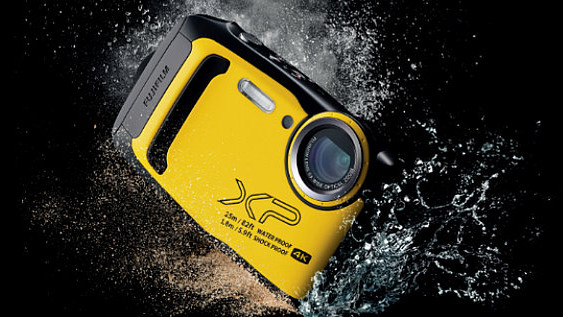
Fujifilm XP140
Specifications
Reasons to buy
Reasons to avoid
The design of the Fujifilm FinePix XP140 is fun and kid-friendly, making it a solid choice for family holidays, but this doesn't mean it skimps on imaging tech. While it's not going to challenge something like the Olympus Tough TG-6, it's a capable little camera in its own right, able to shoot 4K video (albeit at a disappointing 15p) and equipped with an impressive 5x optical zoom lens with an equivalent focal range of 28-140mm, and all this comes at an extremely friendly price tag. A new scene recognition mode helps the XP140 assess for what it's photographing (which goes some of the way towards compensating for a lack of manual controls), and the controls are well laid-out and easy to use, even when in murky underwater conditions. For the price, this is a really solid buy.
GoPro Hero8 Black
Specifications
Reasons to buy
Reasons to avoid
The latest flagship GoPro model is our favorite action camera available right now, and it brings some brilliant new features. A key difference from its predecessor (and especially the less expensive Hero7 Black) is that there are fold-out feet, so now you have a camera mount is now built in. That's not all – you can accessorise the Hero8 Black with a new series extras called 'Mods'. We especially like the Display Mod because it adds a second monitor that is perfect for vloggers. There are plenty of other Mods too, including a Media Mod for improving the production value of your videos, and a Light Mod LED light too. These extra capabilities – and the fact it's already waterproof down to 10m without a case – make the Hero8 Black our favorite underwater action cam right now.
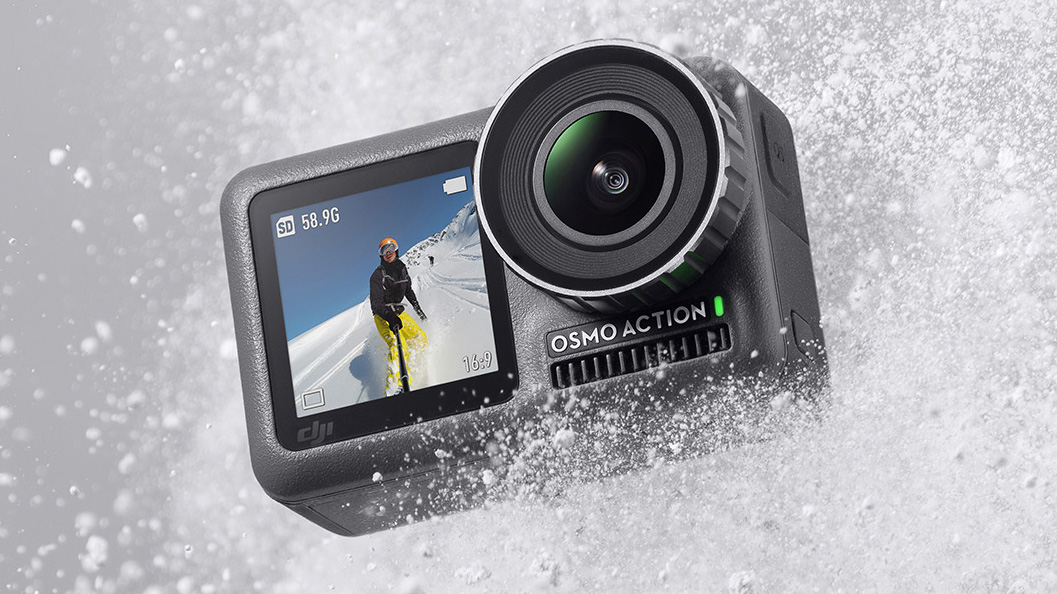
DJI Osmo Action
Specifications
Reasons to buy
Reasons to avoid
The feature-set and price point of the DJI Osmo Action make it pretty obvious from the get-go that it's an attempt to undercut the GoPro HERO7. Does it succeed? Like all things, it's complicated. The front-facing screen is a boon, the stabilisation is just as silky smooth as the HERO's, and it's wallet-friendly price is nothing to sniff at. That's not to say it's perfect; there are a few lag issues at high resolutions, the app can be unreliable, and video from the HERO is a touch flatter, which counts in professional realm when it comes to the grade. For an affordable alternative to the HERO7 Black though, the Osmo Action is a fantastic choice.
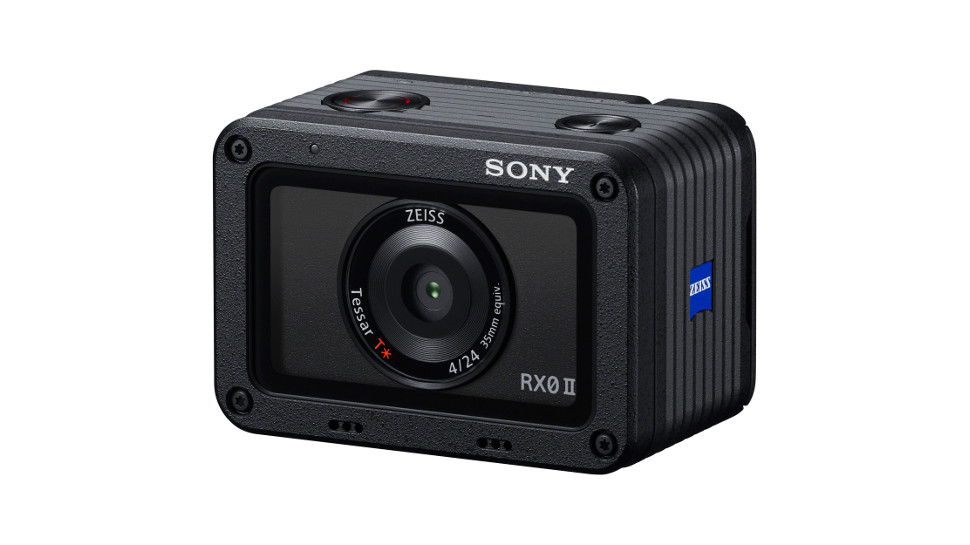
Sony RX0 II
Specifications
Reasons to buy
Reasons to avoid
While the original Sony RX0 drew plenty of attention for its 1-inch sensor in a tiny body, it was somewhat hamstrung by the fact that to record 4K video it needed to be physically tethered to an external recorder. So while it was waterproof, shockproof and all that jazz, this limitation meant you couldn't record 4K video in these extreme situations. The RX0 II does away with this restriction, recording pristine 4K video internally, and also adds welcome extra features like a flip-out screen. It's the most expensive on this list, but if you need the low-light latitude a 1-inch sensor gives you, it's really an unrivalled prospect.
The best camera deals, reviews, product advice, and unmissable photography news, direct to your inbox!
Jon spent years at IPC Media writing features, news, reviews and other photography content for publications such as Amateur Photographer and What Digital Camera in both print and digital form. With his additional experience for outlets like Photomonitor, this makes Jon one of our go-to specialists when it comes to all aspects of photography, from cameras and action cameras to lenses and memory cards, flash diffusers and triggers, batteries and memory cards, selfie sticks and gimbals, and much more besides.
An NCTJ-qualified journalist, he has also contributed to Shortlist, The Skinny, ThreeWeeks Edinburgh, The Guardian, Trusted Reviews, CreativeBLOQ, and probably quite a few others I’ve forgotten.
